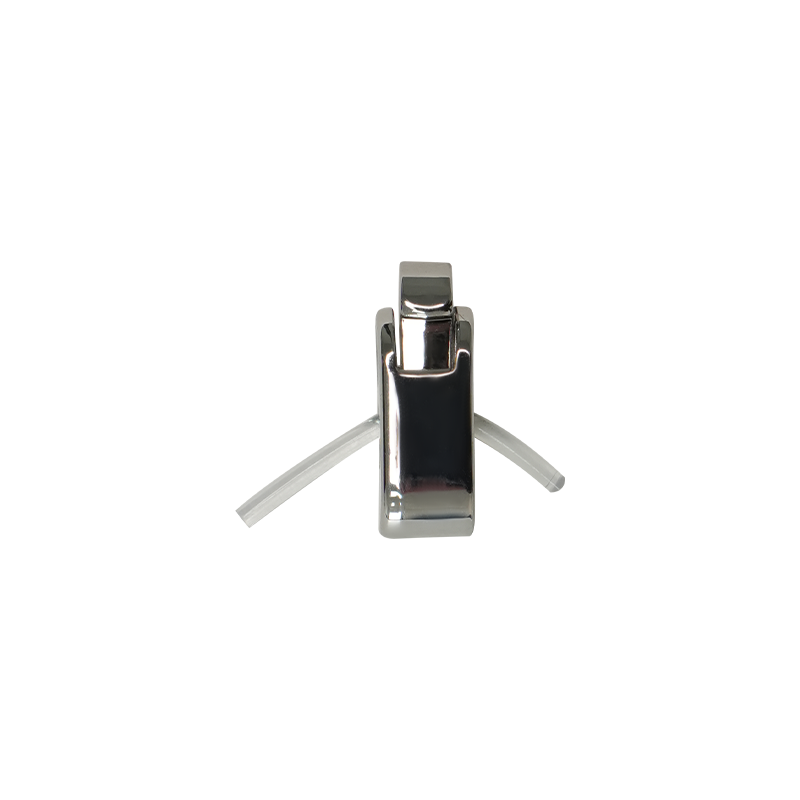The corrosion and wear resistance of Metal Fancy Trim is highly dependent on the type of surface treatment applied. Surface treatments not only enhance the trim's aesthetic appeal but also play a critical role in prolonging its durability in various environmental conditions. Common surface treatments that improve corrosion and wear resistance include electroplating, anodizing, powder coating, passivation, and physical vapor deposition (PVD).
Electroplating is one of the most widely used methods to enhance the corrosion resistance of metal fancy trims. It involves applying a thin metallic layer, typically zinc, nickel, or chromium, to the surface of the trim. This metallic layer forms a protective barrier that shields the underlying material from corrosive agents such as moisture, oxygen, and chemicals. In addition to corrosion resistance, electroplated surfaces offer enhanced wear resistance by providing a hard outer layer that reduces friction, preventing abrasion and mechanical wear, thus extending the life of the trim.
Another effective surface treatment is anodizing, which is particularly suited for aluminum trims. Through an electrochemical process, a thick and durable oxide layer is formed on the surface of the aluminum. This oxide layer significantly increases the corrosion resistance by preventing oxidation and protecting the metal from harsh environments. Moreover, anodizing also improves wear resistance by making the surface more scratch-resistant and less prone to physical damage, thereby maintaining its aesthetic appearance over time.
Powder coating is another popular surface treatment used to enhance both corrosion and wear resistance. Powder coating involves applying a dry powder, typically made of polymers, which is cured under heat to form a robust, uniform coating. This coating effectively seals the metal surface, preventing exposure to moisture and corrosive substances, thereby offering excellent corrosion protection. Additionally, the tough and flexible nature of powder coatings helps absorb impacts, which boosts wear resistance by reducing surface damage caused by abrasion or rough handling.

Passivation is a chemical treatment commonly used for stainless steel trims. This process enhances the natural oxide layer on the surface, making it more resistant to corrosion without significantly altering the appearance or texture of the metal. Passivation is particularly effective in protecting the metal from rust and other forms of oxidation, especially in environments with moisture or chemicals. While passivation does not directly impact wear resistance, it plays a crucial role in maintaining the trim’s structural integrity over time.
Finally, Physical Vapor Deposition (PVD) is an advanced surface treatment that deposits a thin, hard coating of materials such as titanium nitride or zirconium on the metal surface. PVD offers exceptional corrosion resistance by creating a chemically inert and stable coating that resists oxidation. It also provides superior wear resistance due to the hardness of the deposited layer, which makes the surface highly resistant to scratches, abrasion, and general wear and tear.
In conclusion, the surface treatment applied to Metal Fancy Trim plays a vital role in enhancing its corrosion and wear resistance. Treatments like electroplating, anodizing, powder coating, passivation, and PVD not only improve the durability of the trim in harsh environments but also help maintain its visual appeal, ensuring long-lasting performance.

 en
en  русский
русский 한국어
한국어 get a free quote
get a free quote
















